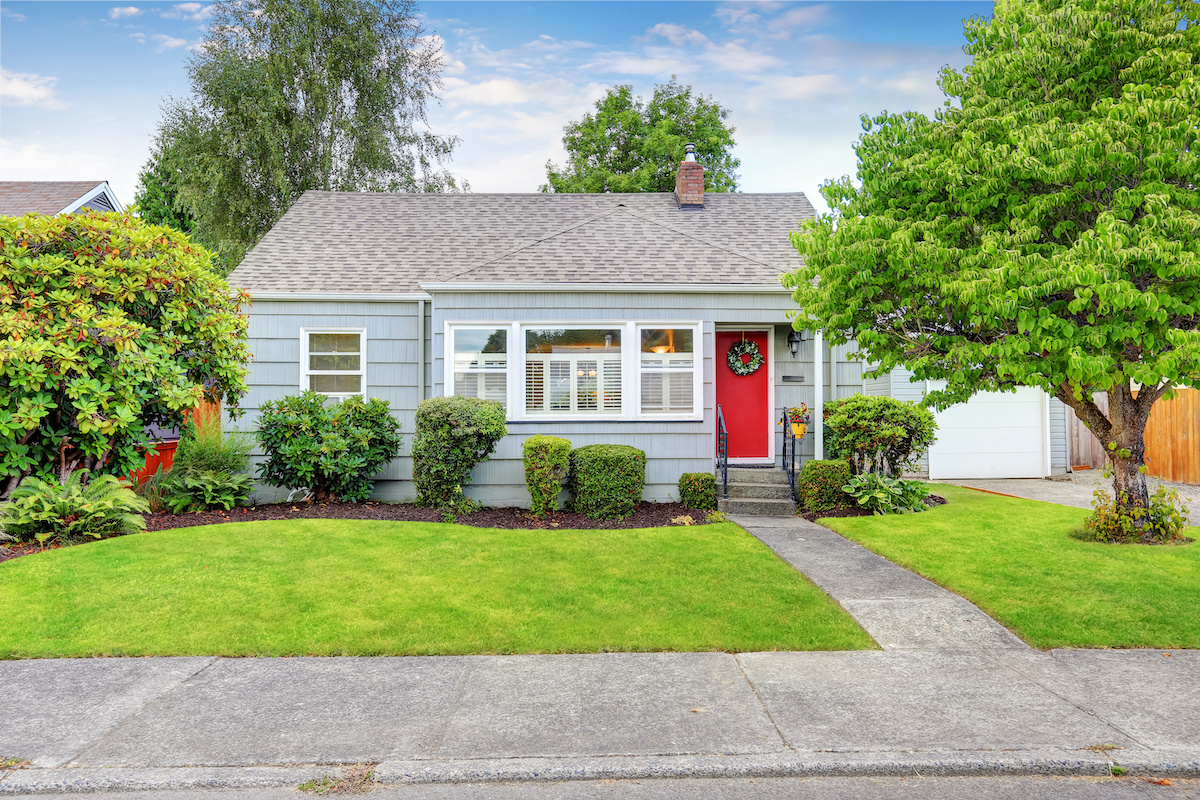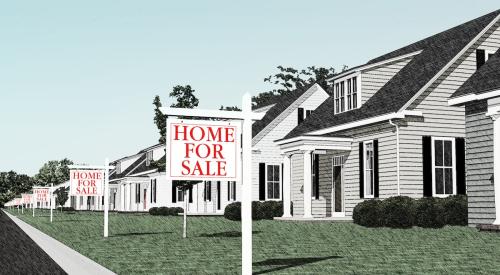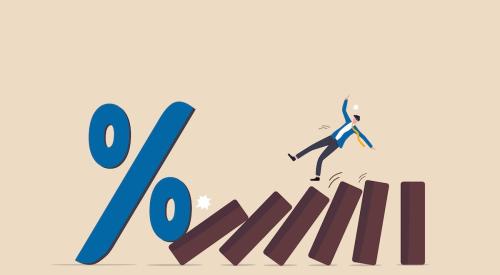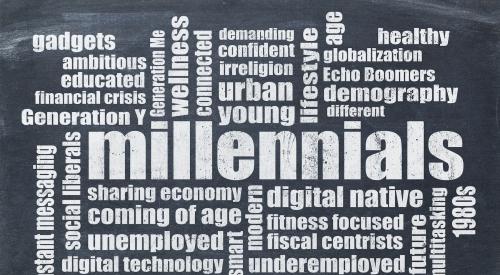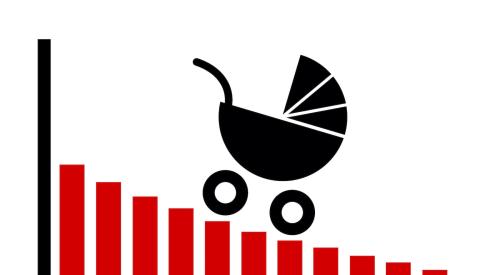Monthly mortgage payments increased by 20% in May as family incomes increased by a comparatively meager 1.2%, according to the National Association of Realtors’ Housing Affordability Index. And although mortgage rates remained historically low at 3.01% for 30-year fixed-rate mortgages, median home prices were up 24.4% compared to May 2020. April affordability fared better than May: mortgage payments are 1.7% higher than April, and family income dropped by 1.0%. Still, a family making the median income has more than enough to afford a median-priced home.
The income required to afford a mortgage, or the qualifying income, is the income needed so that mortgage payments account for 25% of family income.2 The most affordable region was the Midwest, with an index value of 196.4 (median family income of $86,440 with a qualifying income of $44,016). The least affordable region remained the West, where the index was 113.1 (median family income of $94,183 and a qualifying income of $83,280). The South was the second most affordable region with an index of 159.7 (median family income of $80,019 and a qualifying income of $50,112) The Northeast was the second most unaffordable region with an index of 157.2 (median family income of $99,087 and a qualifying income of $63,024).
Housing affordability declined from a year ago in three of the four regions. The South had the biggest decline of 15.5%. The Midwest region experienced a weakening in price growth compared to a year ago of 11.5%, followed by the West with a dip of 10.7%. The Northeast had the smallest decrease of 10.5%.
Affordability is down in all four regions from last month. The South had the biggest decline of 3.9% followed by the Midwest which fell 3.1%. The West region fell modestly 0.5% followed the Northeast region with the smallest decrease of 0.4%.
Nationally, mortgage rates were down 28 basis points from one year ago (one percentage point equals 100 basis points).
